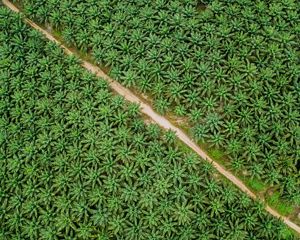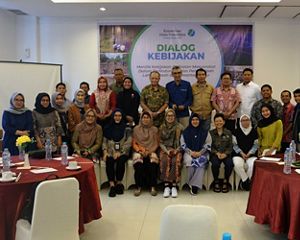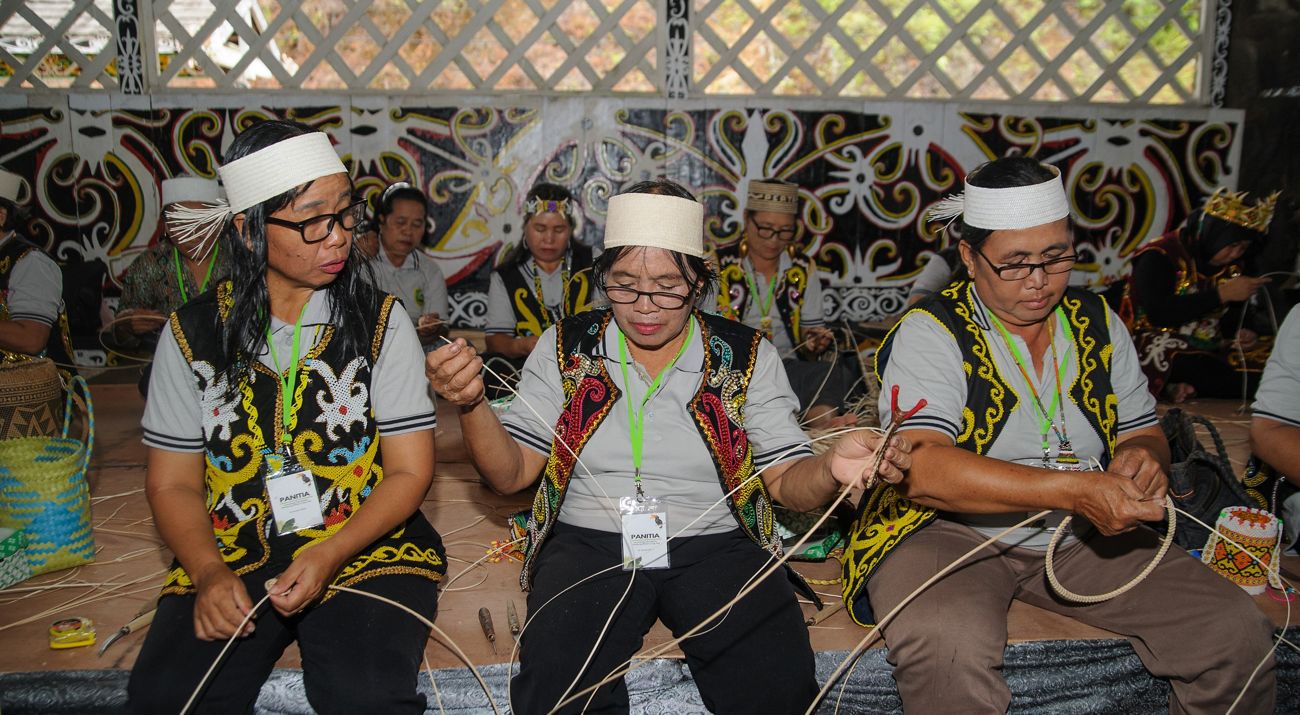
The rattan potential in East and North Kalimantan is considerable. According to research conducted by YKAN and its partners between August and October 2024, these two provinces are home to 40 species of rattan. Long Beliu Village, located in East Kalimantan, boasts substantial rattan resources, both within its boundaries and within the surrounding forest, spanning an area of approximately 4,633 square meters.
Read: Abundant Harvest, Preserved Mangroves
About 40 rattan artisans reside in this village. Initially, rattan was traditionally used as a building material, a handicraft material, and even as a food source (umbut). However, everything changed at the end of 2024. As a recipient of performance-based carbon incentives from the World Bank, Long Beliu Village has taken the initiative to manage and develop rattan derivative products.
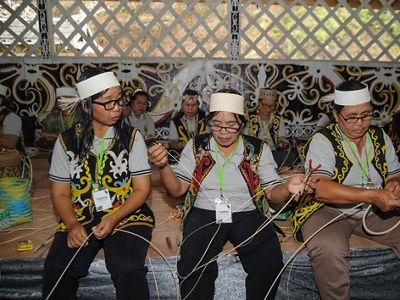
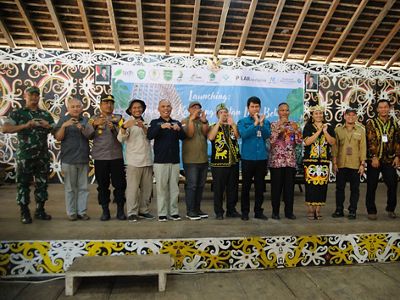
The residents of Long Beliu are committed to maximizing their local potential, directly impacting two key areas: forest conservation and enhancing community welfare. The Village Government, in collaboration with the Village Forest Management Institution, is committed to supporting ecotourism management and improving the capacity for managing rattan weaving products. This commitment is demonstrated by the allocation of funds from the Forest Carbon Partnership Facility - Carbon Fund for rattan weaving training and strengthening market intermediation, promoting market sustainability. In the realm of ecotourism, the village government integrates environmental, craft, and tourism aspects, packaged into ecotourism packages.
The collaboration among stakeholders fosters a shared commitment, strengthening the community's shared experience of the benefits of rattan processing and ecotourism. This experience drives them to protect and manage the biodiversity of rattan in the forests surrounding their village.



